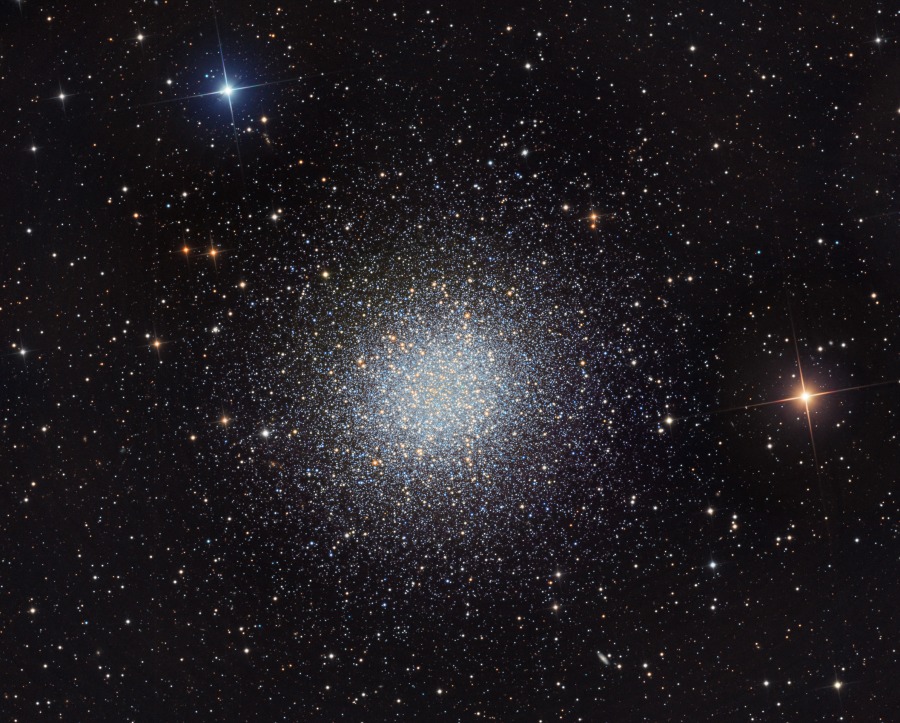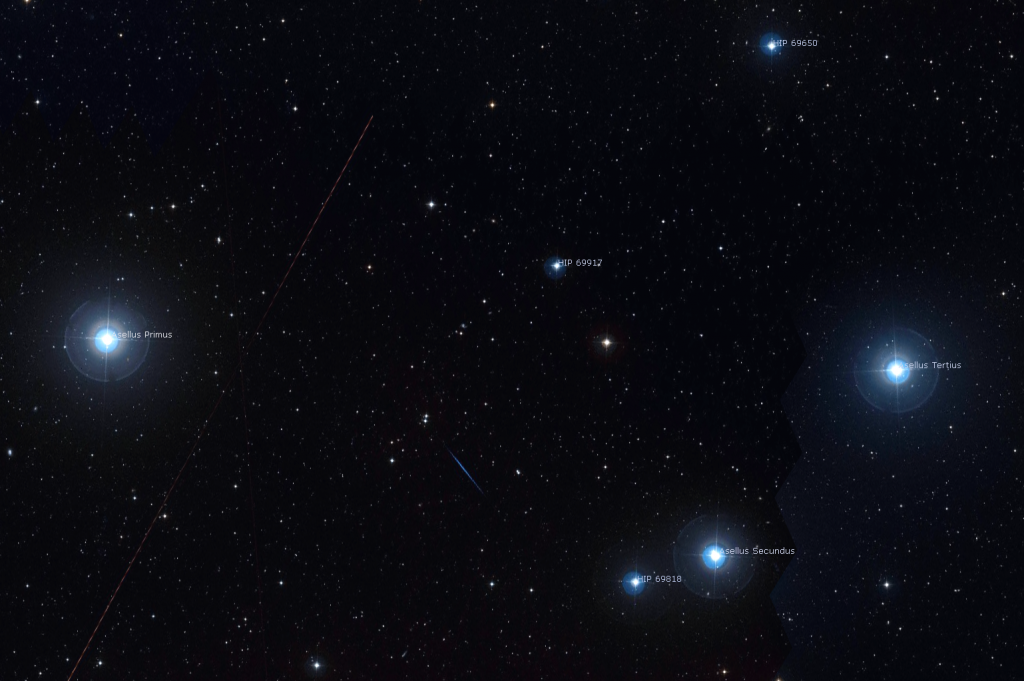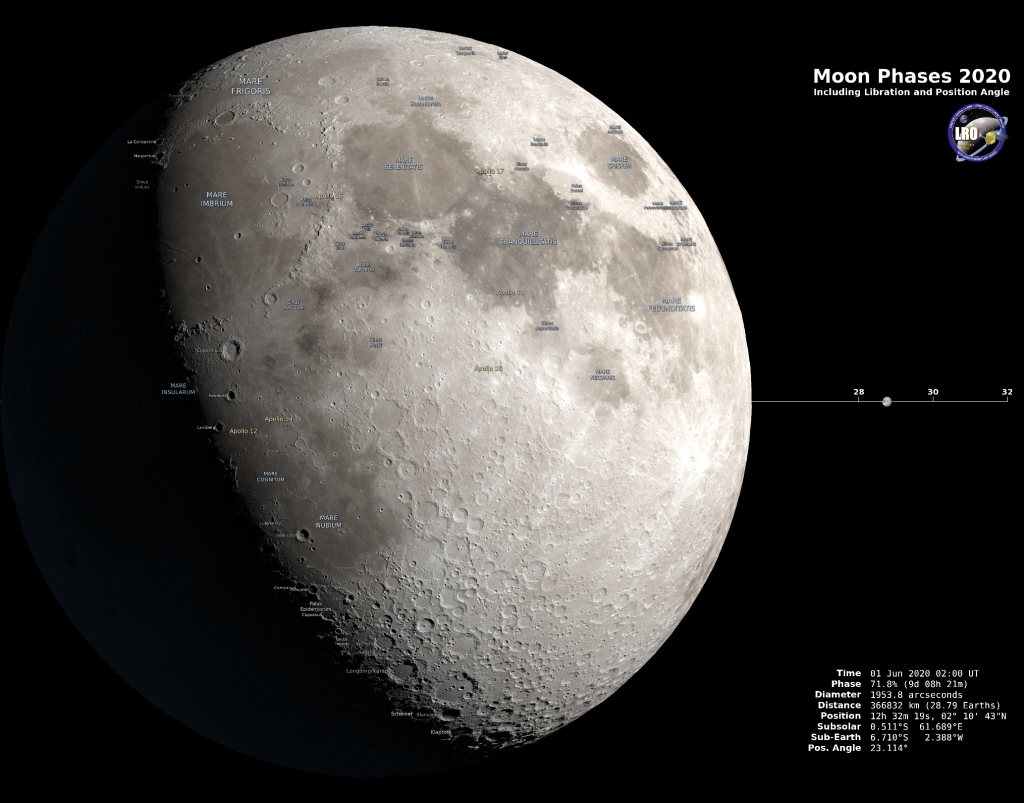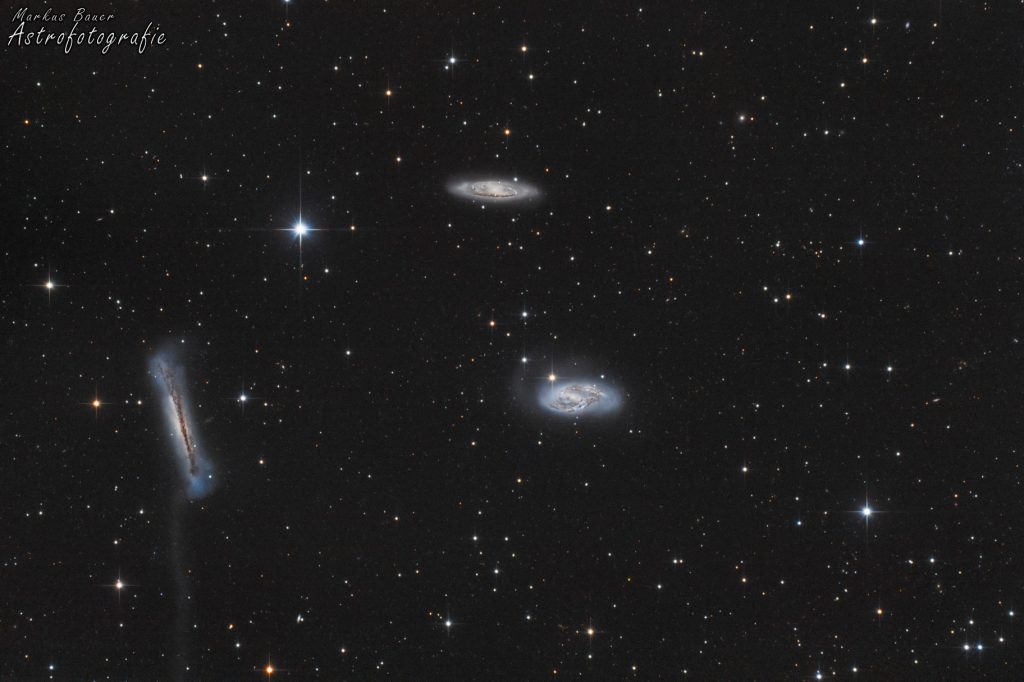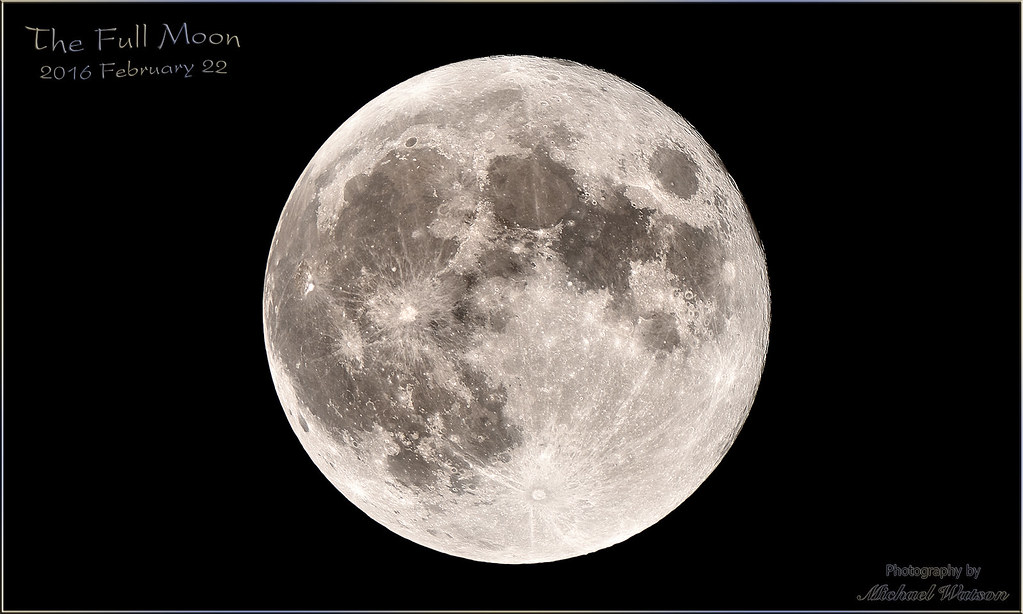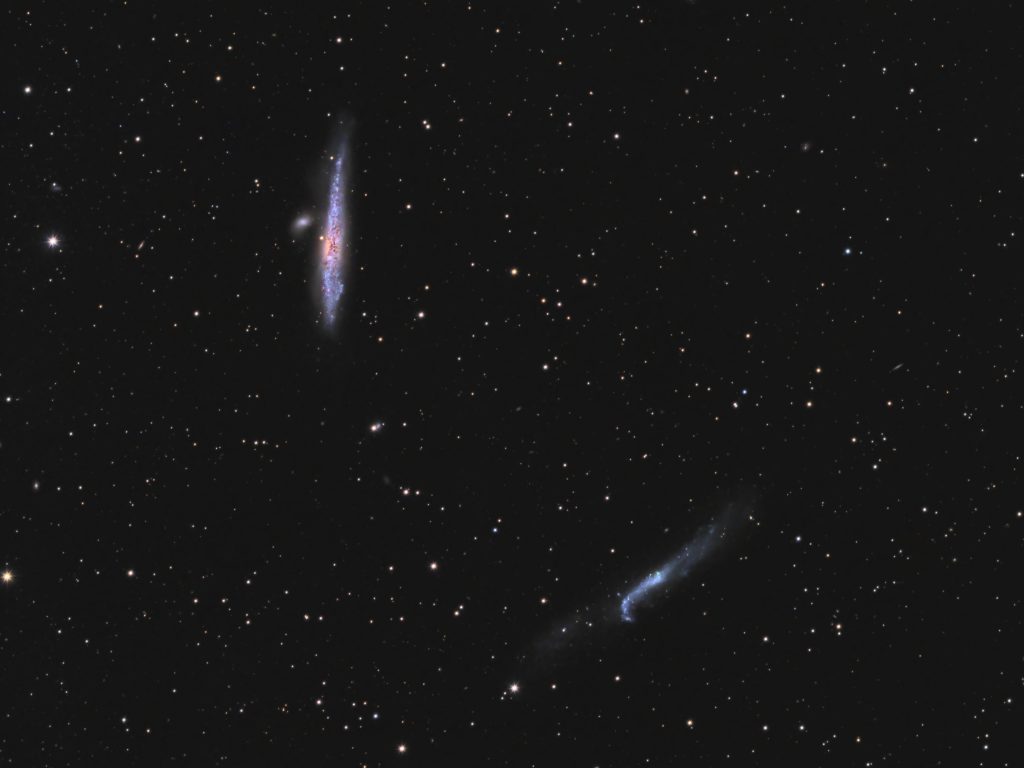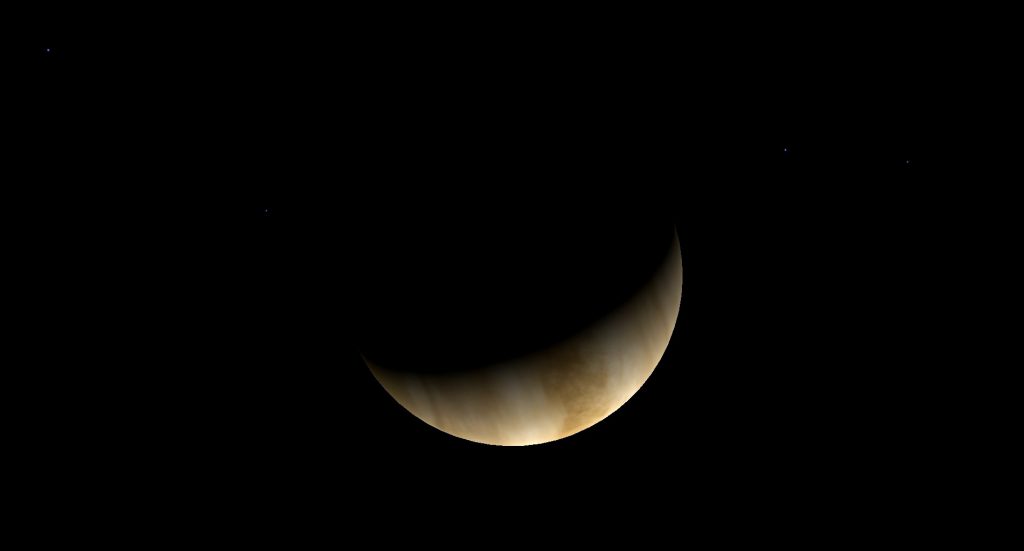The Pretty Crescent Moon Kisses Venus, Sunday’s New Moon is an Annular Eclipse, the Solstice Starts Summer, and a Tour of Hercules!
This image of the Messier 13 globular star cluster in Hercules was taken by Martin Pugh. The cluster is composed of thousands of old, blue and yellow stars collected into a spherical ball orbiting our galaxy’s core. It’s located about 25,000 light-years from our sun. This image spans about 30 by 40 arc-minutes, slightly larger…
Read more
